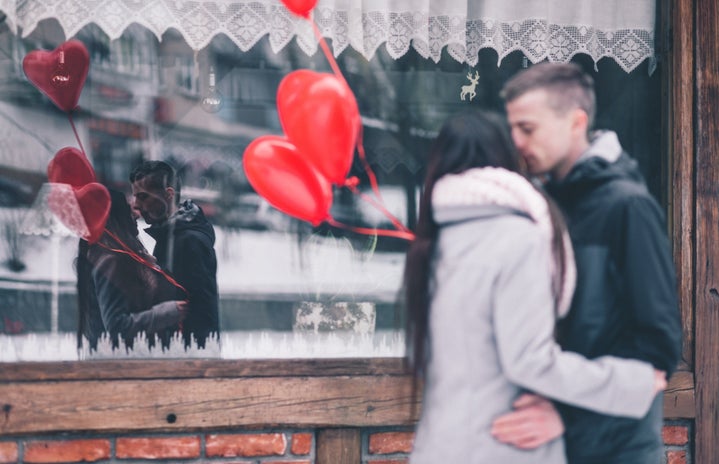As you get ready to celebrate Valentine’s Day, you may find yourself wondering how the holiday got to be what it is today. Was it always this love-y and romantic? How long have people been celebrating it? Why did people start celebrating it? Unfortunately, there aren’t many clear answers. Here is what we do know:
Ancient Rome
One theory is that Valentine’s Day comes from Lupercalia, an ancient Roman festival celebrated on February 15th to cleanse the city of evil spirits. This purification was thought to promote health and fertility for Rome. The theory is that the Christian Church decided to celebrate St. Valentine’s Day on February 14th to “Christianize” the Pagan fertility festival.
3rd-5th Century
So what about the namesake? Most people have heard that Valentine’s Day comes from Saint Valentine, but who was he? Well actually, we’re not really sure. There are several Christian figures named Valentine, and multiple who earned sainthood. The most likely theory is that the holiday is named after the St. Valentine who was sentenced to death in the late 3rd century for performing marriage ceremonies in secret, as Roman Emperor Claudius II banned marriage, believing single men made better soldiers. Regardless of which Valentine the holiday honors, Pope Gelasius added St. Valentine’s Day to the saints calendar in the 5th century.
14th Century
Valentine’s Day didn’t really become associated with love and romance until the 14th century. During the Middle Ages in France and England, it was widely believed that mid-February was the start of birds’ mating season, which started the idea that Valentine’s Day should be a day for love. Also at this time, authors and poets began romanticizing the ancient holiday. Poet Geoffrey Chaucer is a major reason the holiday began to be associated with love. His poem Parlement of Foules contains the first known reference to the idea that Valentine’s Day is a special day for lovers.
15th Century
The 1400s saw the first written Valentine greeting.
17th Century to 20th Century
Valentine’s Day as we know it began to be popularly celebrated in the 17th and 18th centuries. Friends and lovers began exchanging small tokens and handwritten notes every February 14th. In the 1840s, America began mass-producing valentines, and it began to turn into a large consumer holiday.
Today
Today, about 1 billion Valentine’s Day cards are sent every year, making it the second-largest card selling holiday, after Christmas. An estimated 35 million heart shaped boxes of chocolates are sold and more than 220 million roses are prepared for the holiday. Americans spend around $20 billion every year on Valentine’s Day. Candy and flowers are the most popular gift, however Americans spend an estimated $4 billion on jewelry every year as well. With the connections to love and romance, it comes as no surprise that so many couples get engaged on Valentine’s Day. In fact, a recent survey found that as many as 6 million couples are likely to get engaged on Valentine’s Day.
Although it can sometimes feel like Valentine’s Day has become all about the gifts and the grand romantic gestures, it doesn’t have to be like that! It’s cool to know where such a big holiday comes from, but don’t let all the numbers and statistics bother you. Celebrate it however you want to celebrate it!
Photos: 1


